Omar Degan to curate first Pan-African architecture biennale
The first Pan-African architecture biennale has been announced, taking place in Nairobi in 2026; we caught up with its inaugural curator, architect Omar Degan, to discuss the festival's mission, vision and scope
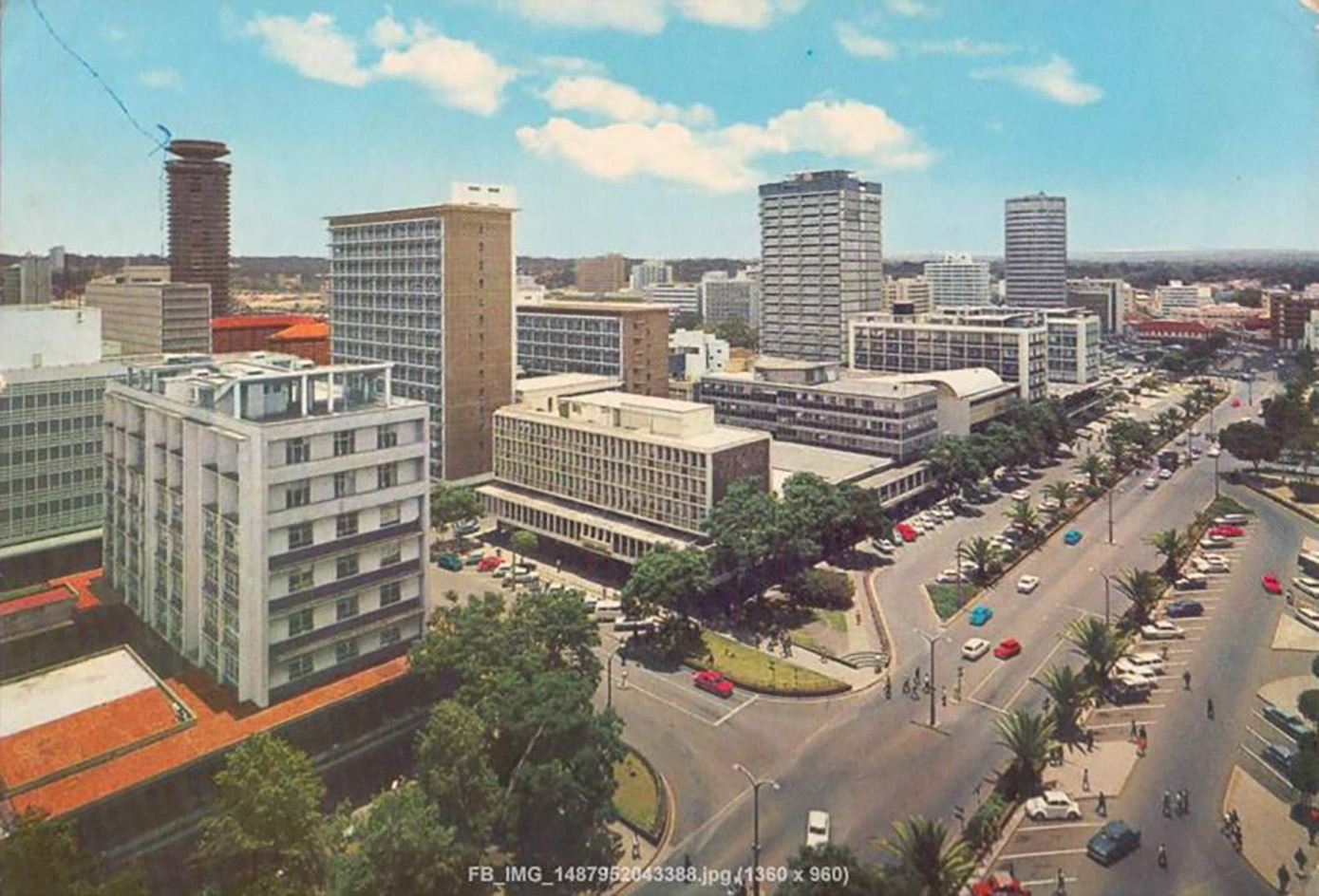
There's a new kid on the festival block; the Pan-African Architecture Biennale will launch its inaugural edition in Nairobi, Kenya, on 1 September 2026, it has just been announced. The event – the first of its kind – is set to serve as an important platform for discourse and experimentation in the African continent, and is curated by Somali-Italian architect Omar Degan (whose past works include Arbe, a Somali café for the community in Mogadishu) and spearheaded by the Architectural Association of Kenya (AAK) and its president, architect George A Ndege.

Architect Omar Degan, the curator of the inaugural Pan-African architecture biennale
What to expect at the Pan-African architecture biennale in 2026
The event will be held at the Kenyatta International Convention Centre (KICC). It is 'a deeply symbolic site, built in the early years of Kenya’s independence and long associated with pan-African unity', Degan flags. 'Just as symbolic is the fact that Kenya now allows citizens of nearly all African nations to visit without prior authorisation,' he continues. 'Unlike many international events, where African participants are shut out by visa regimes, this biennale guarantees African access. And that matters.'
Degan is keen to create a biennale that 'belongs to all of Africa'. We caught up with him to find out more about his vision, the event's wider mission, and what we can expect to see there.
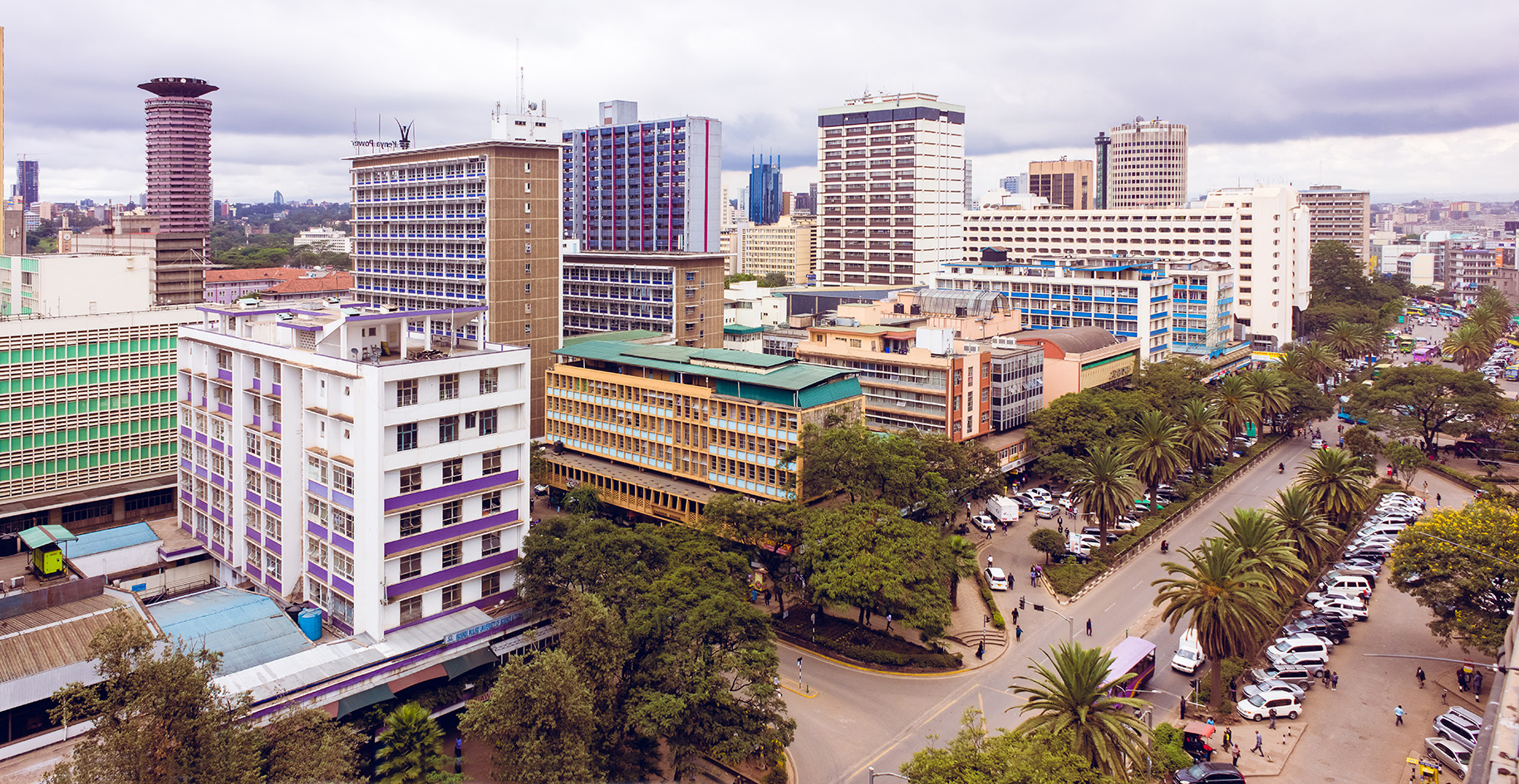
Current view of Nairobi
Discussing the Pan-African architecture biennale 2026 with curator Omar Degan
Wallpaper*: Talk to us about the theme and main concept for the biennale.
Omar Degan: The title of this Biennale is: ‘Shifting the Center: From Fragility to Resilience’. This is not just a curatorial line – it’s a political position. It challenges the outdated global lens that sees Africa as fragile, passive, or dependent. In truth, Africa is not developing. Africa is recovering – from centuries of extraction, colonial violence, and deliberate marginalisation. This biennale is an act of re-centring, a call to reclaim space, and a declaration that Africa’s architectural knowledge, cities, and technologies are not just relevant – they are essential. It is time the world stopped looking at Africa as a place to help and started learning from it.
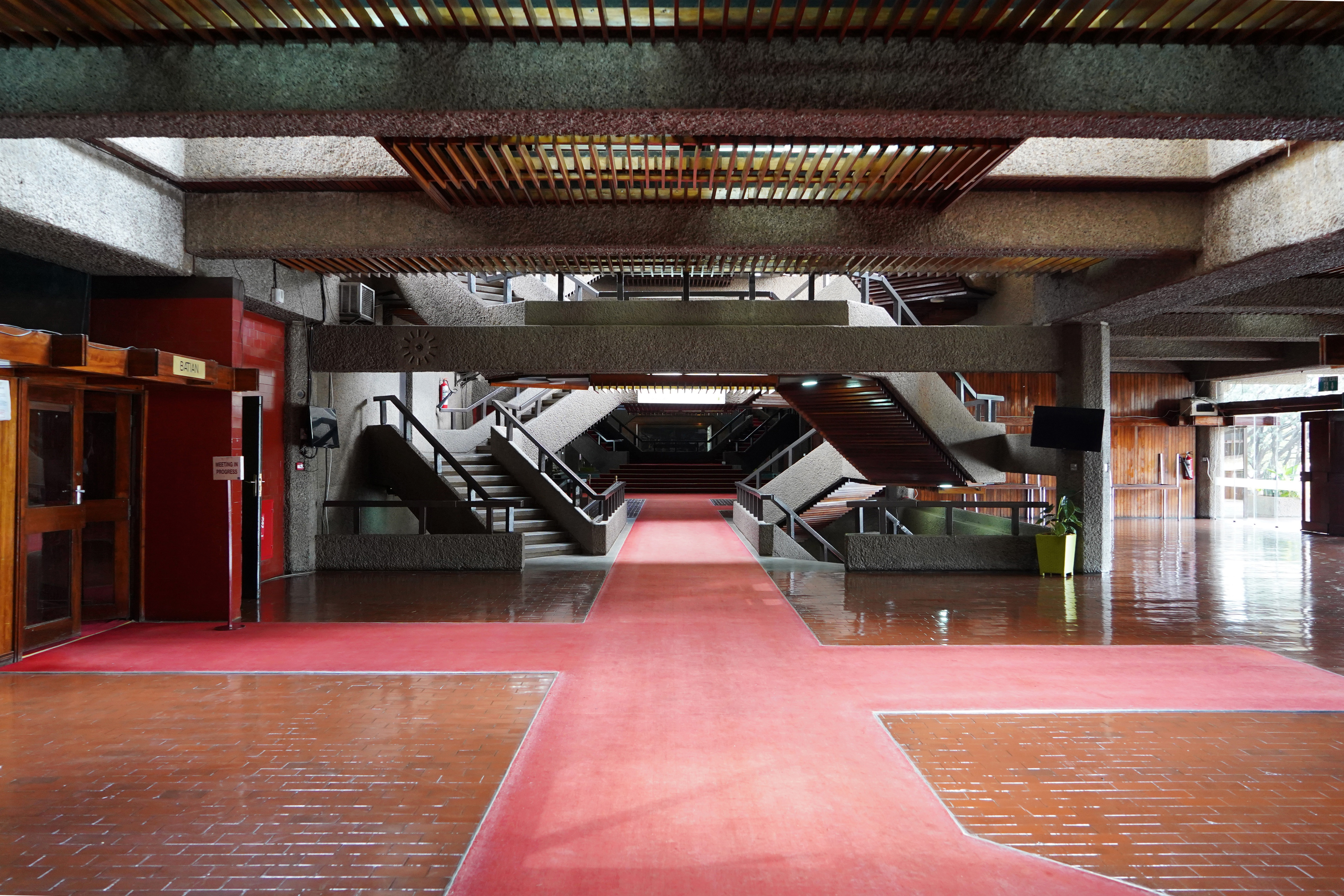
Kenyatta International Convention Centre, Nairobi
W*: Why is this event important at this point in time? What is its significance?
OD: Because Africa is the future – and yet the world continues to treat it as a footnote. This contradiction is no longer sustainable. Africa is the cradle of humanity, the source of ancient knowledge systems, and the engine of tomorrow’s global growth. It holds the youngest population on Earth and will account for half of the world’s population increase by 2050. Its cities – Lagos, Kinshasa, Nairobi, Dakar – are expanding faster than almost anywhere else on the planet. Its lands fuel the green transition, rich in cobalt, lithium, rare earths, water, and arable soil. And yet, Africa is still depicted as behind. This is not underdevelopment – it is misrepresentation. A false narrative, deliberately crafted to sustain centuries of exploitation and silence. Architecture is no exception. Global discourse continues to sideline African design unless it conforms to Western fantasies: decorative, nostalgic, exotic.
Receive our daily digest of inspiration, escapism and design stories from around the world direct to your inbox.
‘Africa builds, thinks, and leads – and has always done so. This is not just about architecture. It is about who gets to define the future’
Omar Degan
The world loves African architecture – but only when it looks like a safari lodge. Meanwhile, across the continent, a different story is unfolding. Cities are confronting land rights, displacement, and climate crisis with resilience and imagination; communities are reclaiming indigenous technologies – from earth construction to water harvesting; architects are designing with urgency, care, and clarity in the face of systemic crises. But these stories are not being told. This biennale exists to change that.
It is a cultural and political act – a continental space where Africa does not request recognition but reclaims authorship. Africa builds, thinks, and leads – and has always done so. This is not just about architecture. It is about who gets to define the future.
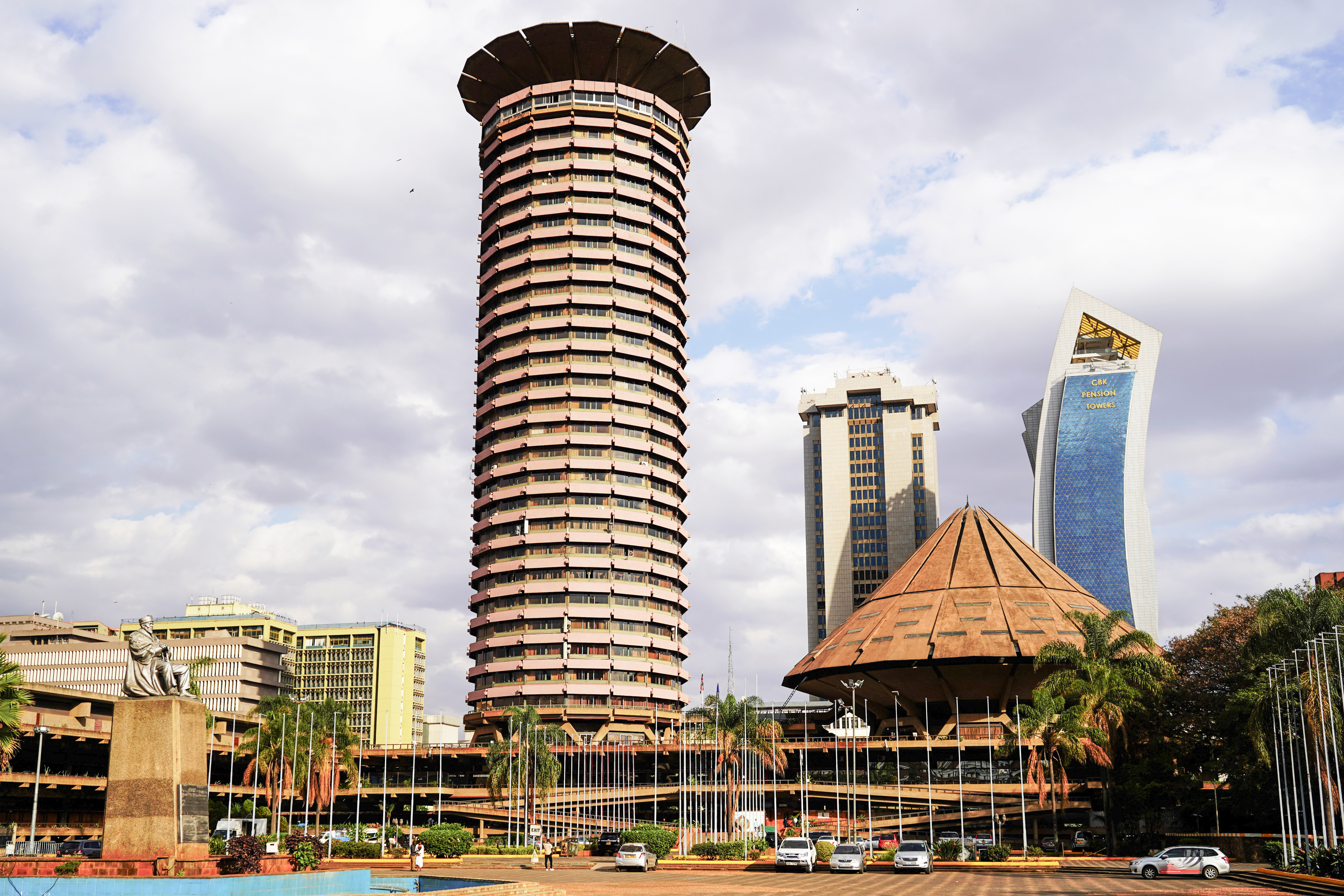
Kenyatta International Convention Centre, Nairobi
‘This biennale will not reward neutrality. It is a space for architecture that speaks, that protests, that heals’
Omar Degan
W*: Who takes part? Do you also welcome global contributions? How does the selection process for the participants work?
OD: This is a Pan-African Biennale, rooted in the continent. It will feature contributions from all 54 African countries, each presenting a project or position that reflects their unique social, ecological, and architectural contexts. But this biennale is also a moment of international dialogue. We welcome participation from the African diaspora and global contributors – not as dominant voices, but as engaged participants in a discussion led by Africa.
This is not about inclusion for its own sake. It’s about building genuine collaborations and confronting uncomfortable questions –about decolonisation, about international aid, about what sustainability really means when viewed through African realities. Participation will be based on curated invitations and open calls, with a focus on political relevance, community engagement, and radical thought.
W*: What are you hoping to see? Are there particular types of projects, ways of thinking or contributors you would encourage to enter?
OD: We want to see projects that deal with the realities of the continent – land, water, migration, memory, climate, and displacement – not glossy renderings designed for awards. We are calling on those who build with intention, who draw from vernacular traditions, and who dare to imagine futures rooted in pan-African solidarity, indigenous intelligence, and architectural resistance. This biennale will not reward neutrality. It is a space for architecture that speaks, that protests, that heals.

Archive view of Delamere Avenue, Nairobi…
W*: What is the event's structure, as you have envisioned it? Exhibitions, talks, more?
OD: The biennale will unfold as a networked, living event, including 54 national exhibitions representing each African country; keynotes, roundtables, and provocations led by African and diasporic architects, curators, activists, and thinkers; workshops and community installations engaging Nairobi and the broader region; civic and cultural events, from performances to public rituals, that root the biennale in the everyday; collateral events organised by institutions and collectives from across the continent and the world. This is not an event to observe – it is a platform to participate, disrupt, and contribute while creating dialogue and discussions.
W*: Personally, what inspired you to take on this project?
OD: What inspired me was the deliberate neglect of an entire continent. African architecture has been erased from the global narrative – not by accident, but by design. Our architects are missing from international stages. Our cities are rarely studied on their own terms. Our traditions, knowledge systems, and visions for the future are treated as afterthoughts, if acknowledged at all. But we are not a footnote. We are the foundation. This biennale is my refusal to accept invisibility. It is a declaration: we are here, we build, we imagine, and we remember. We do not ask for recognition. We claim our space –and we are building it ourselves.

...and the same view of Delamere Avenue it is today
W*: So what comes next? The announcement is out – what is the next step?
OD: The next step is the official launch of the open call, where architects, designers, institutions, and thinkers will be invited to participate. But more than that, it marks the beginning of a global conversation. We are working toward a series of international and continental events – talks, exhibitions, and forums – that will generate momentum and collective anticipation. We will continue to finalise our list of speakers and contributors, and most importantly, begin to build strategic partnerships with institutions and individuals who genuinely believe in the mission of this project.
This is not just about showcasing African architecture. It is about shifting the centre – intellectually, politically, and structurally – toward the continent that gave birth to the world.
Ellie Stathaki is the Architecture & Environment Director at Wallpaper*. She trained as an architect at the Aristotle University of Thessaloniki in Greece and studied architectural history at the Bartlett in London. Now an established journalist, she has been a member of the Wallpaper* team since 2006, visiting buildings across the globe and interviewing leading architects such as Tadao Ando and Rem Koolhaas. Ellie has also taken part in judging panels, moderated events, curated shows and contributed in books, such as The Contemporary House (Thames & Hudson, 2018), Glenn Sestig Architecture Diary (2020) and House London (2022).
-
 The return of the bullhead: the watch design that refuses to conform
The return of the bullhead: the watch design that refuses to conformLittle known outside of watch circles, but enthusiastically collected within them, bullhead watches have always been divisive. Identified by the crown at 12 o’clock, it made design sense – no digging into the wrist, allowing easier function as a stopwatch - but remains a speciality. But now, the bullhead is back
-
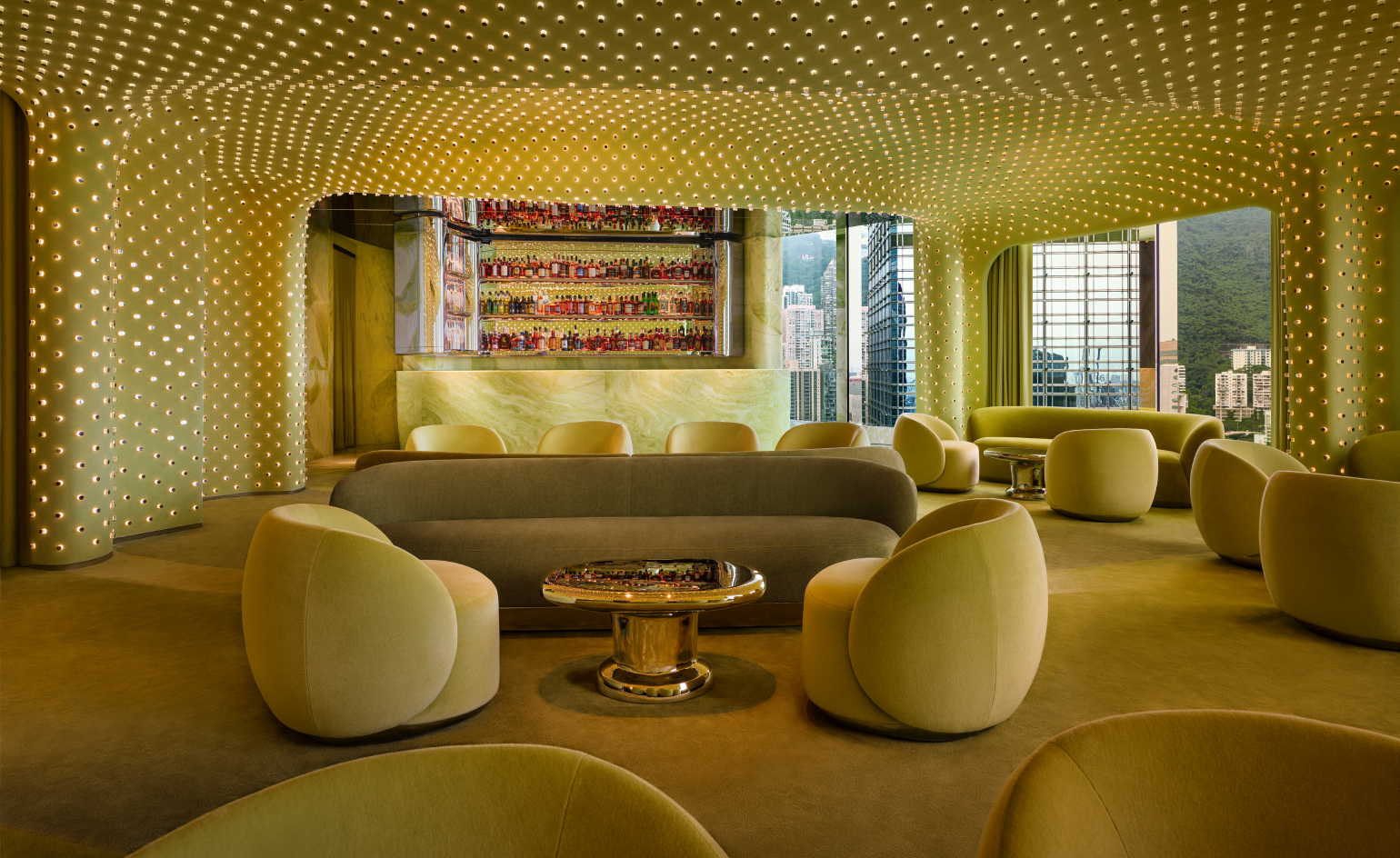 Tour Peridot, Hong Kong’s hypnotic new bar
Tour Peridot, Hong Kong’s hypnotic new barLocated on the 38th floor of The Henderson, Studio Paolo Ferrari’s latest project is a study in ‘light, refraction, and intimacy’
-
 Lighting designer Andi Watson on creating Mitski’s sculptural stage for 'The Land'
Lighting designer Andi Watson on creating Mitski’s sculptural stage for 'The Land'In Mitski’s live show and new concert film, a single beam of light becomes her dance partner. Lighting designer Andi Watson discusses turning shadow, movement and restraint into the architecture of feeling
-
 2025 Lisbon Architecture Triennale ponders the (literal and figurative) weight of humanity
2025 Lisbon Architecture Triennale ponders the (literal and figurative) weight of humanityJoin us on a tour of the 2025 Lisbon Architecture Triennale, exploring the question ‘How Heavy is the City?’ and our impact on the planet
-
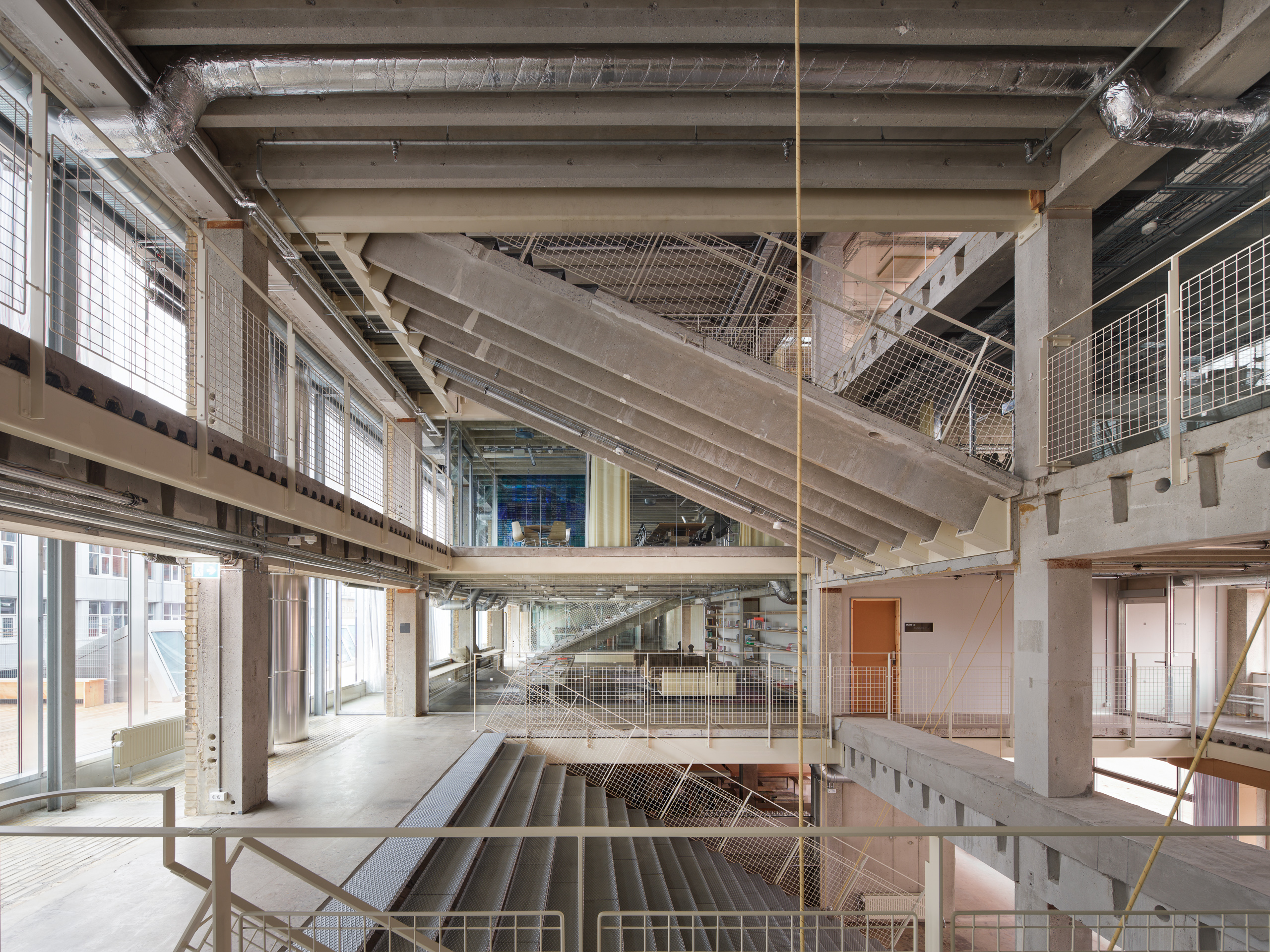 Is slowing down the answer to our ecological challenges? Copenhagen Architecture Biennial 2025 thinks so
Is slowing down the answer to our ecological challenges? Copenhagen Architecture Biennial 2025 thinks soCopenhagen’s inaugural Architecture Biennial, themed 'Slow Down', is open to visitors, discussing the world's ‘Great Acceleration’
-
 Shanghai’s biennial, RAMa 2025, takes architectural exploration outside
Shanghai’s biennial, RAMa 2025, takes architectural exploration outsideRAMa 2025, the architecture biennial at Rockbund Art Museum in Shanghai, launches, taking visitors on a journey through a historic city neighbourhood – and what it needs
-
 Germane Barnes just transformed a humble Indiana parking garage into an enormous sub-woofer system
Germane Barnes just transformed a humble Indiana parking garage into an enormous sub-woofer systemWith Joy Riding, the Miami-based designer’s installation at Exhibit Columbus, Barnes celebrates togetherness by evoking Black car culture
-
 A new London exhibition explores the legacy of Centre Pompidou architect Richard Rogers
A new London exhibition explores the legacy of Centre Pompidou architect Richard Rogers‘Richard Rogers: Talking Buildings’ – opening tomorrow at Sir John Soane’s Museum – examines Rogers’ high-tech icons, which proposed a democratic future for architecture
-
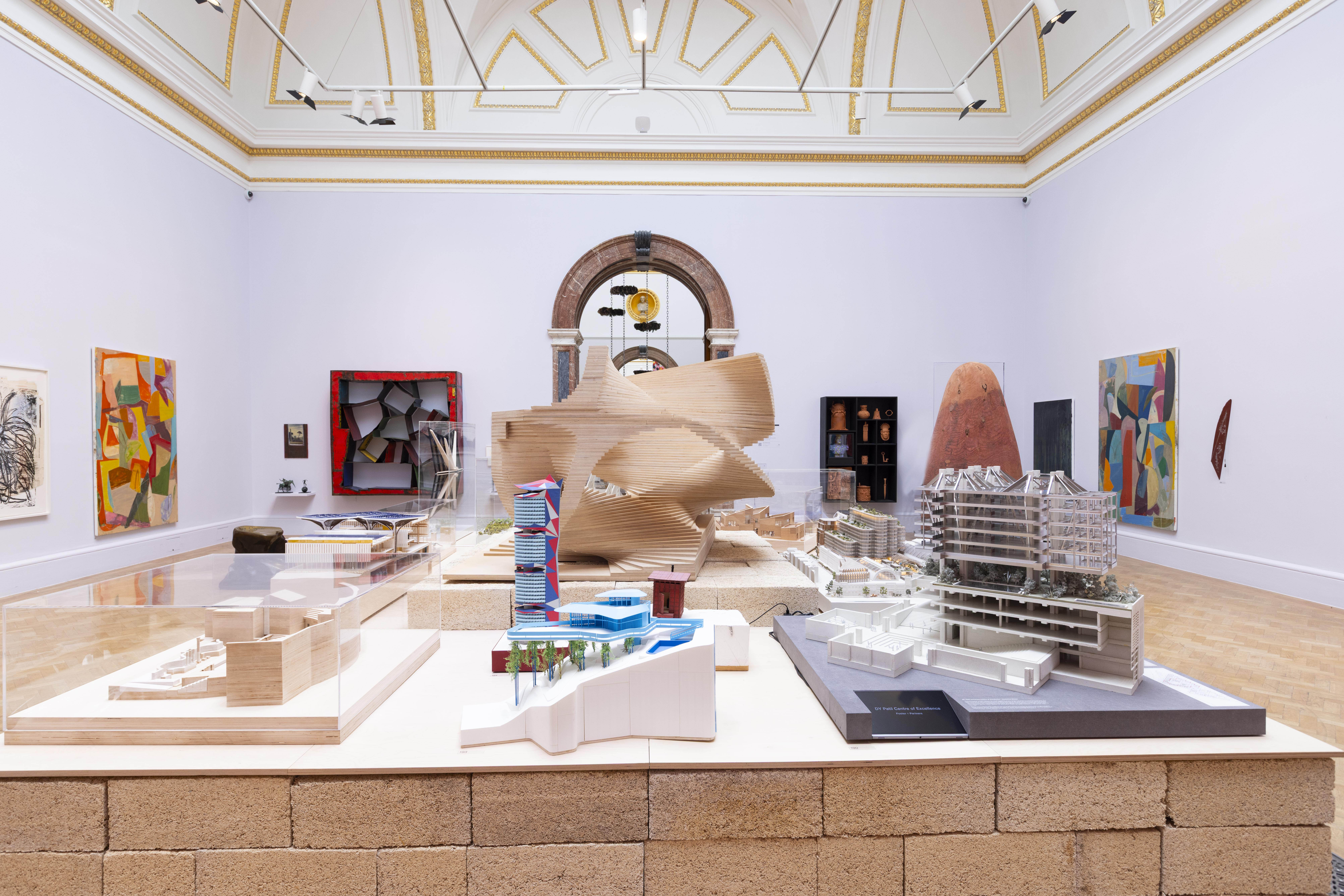 At the Royal Academy summer show, architecture and art combine as never before
At the Royal Academy summer show, architecture and art combine as never beforeThe Royal Academy summer show is about to open in London; we toured the iconic annual exhibition and spoke to its curator for architecture, Farshid Moussavi
-
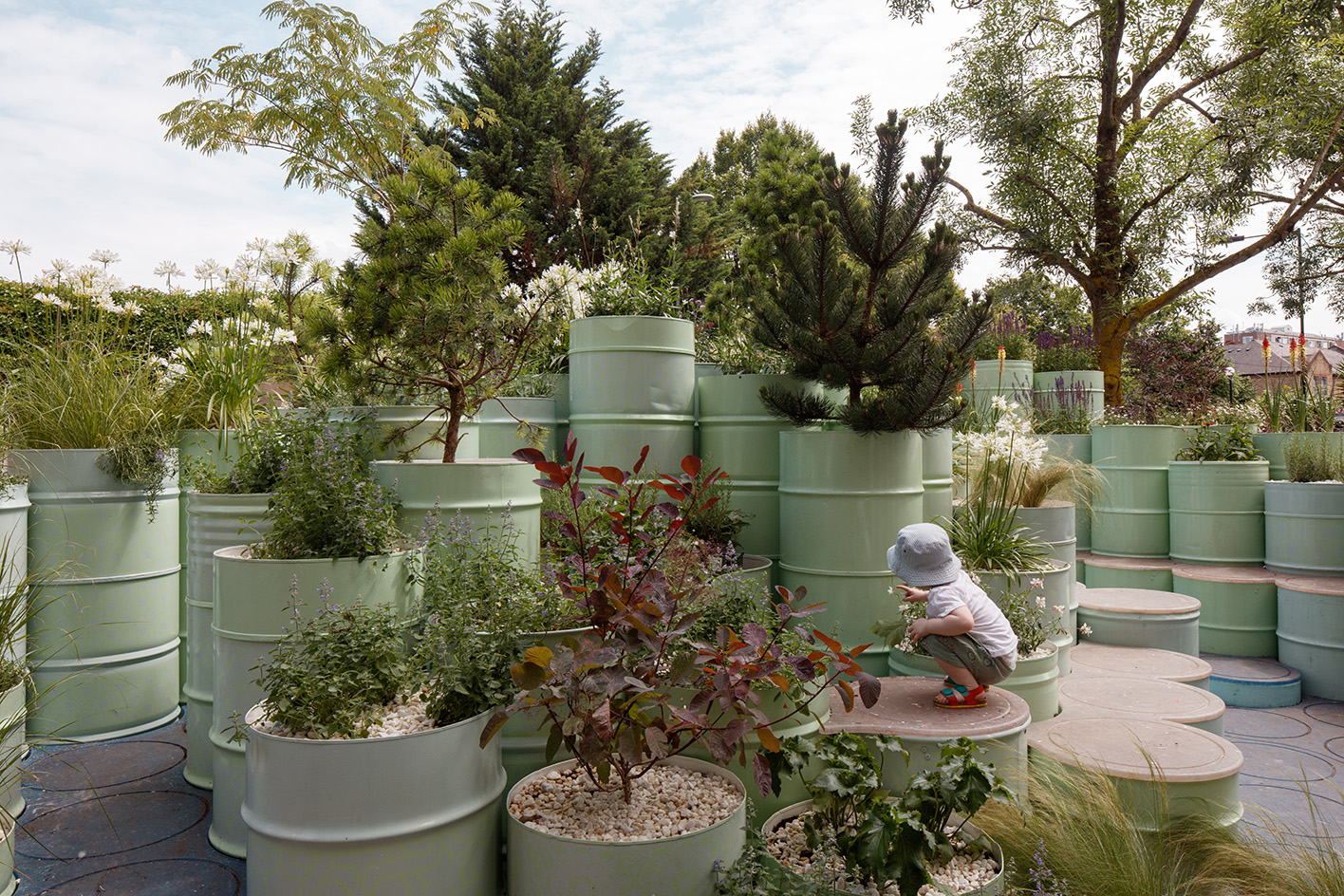 What to see at the London Festival of Architecture 2025
What to see at the London Festival of Architecture 2025June is all about the London Festival of Architecture 2025; we browsed the over 450-event rich programme for its highlights, so you won't have to
-
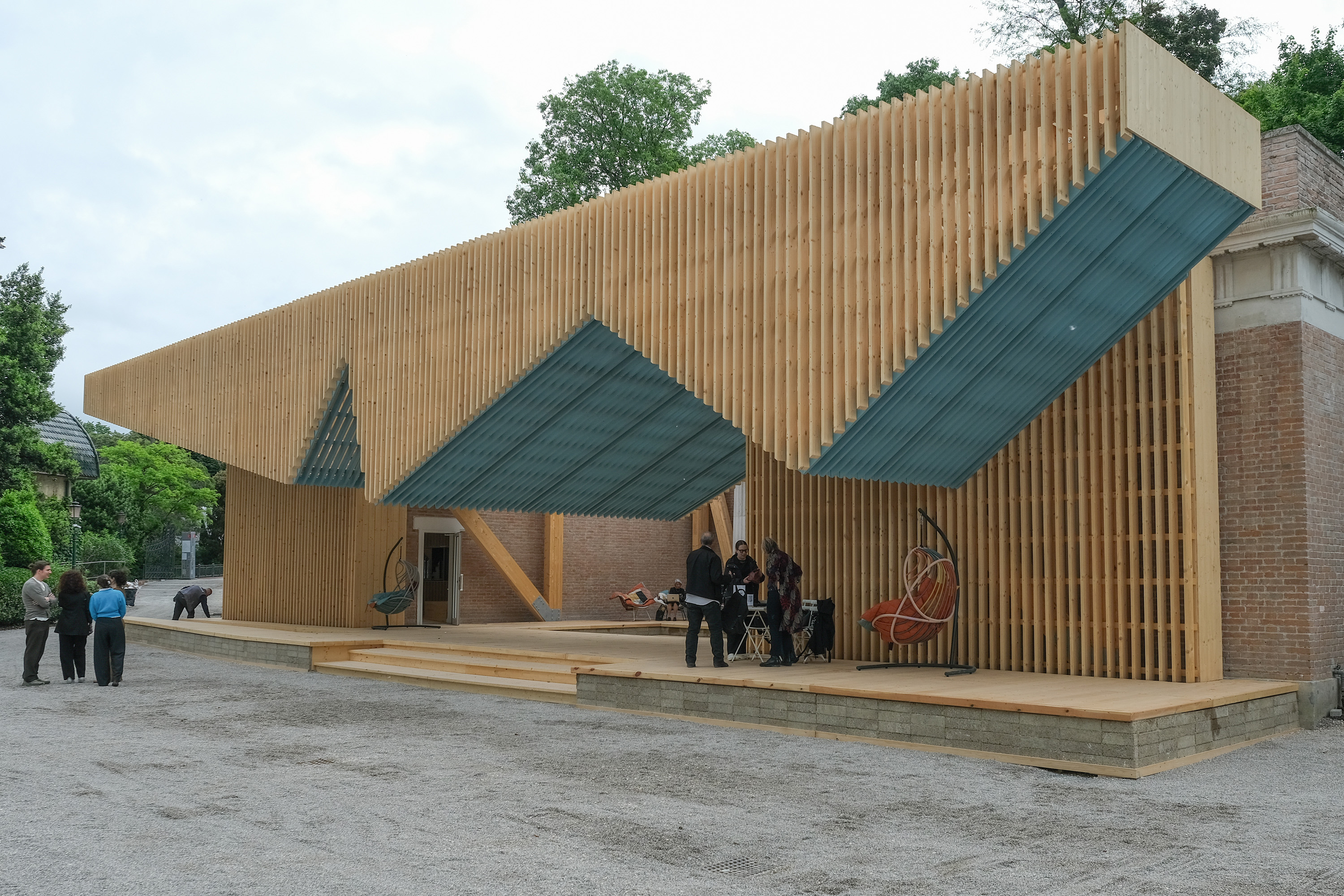 Want to be a Venice pavilion commissioner? Bring ideas – and your Rolodex
Want to be a Venice pavilion commissioner? Bring ideas – and your RolodexThe impressive showings of the USA's Venice pavilion in the Giardini belie the ambitious fundraising efforts that underpin them. Past and present curators tell us how it works